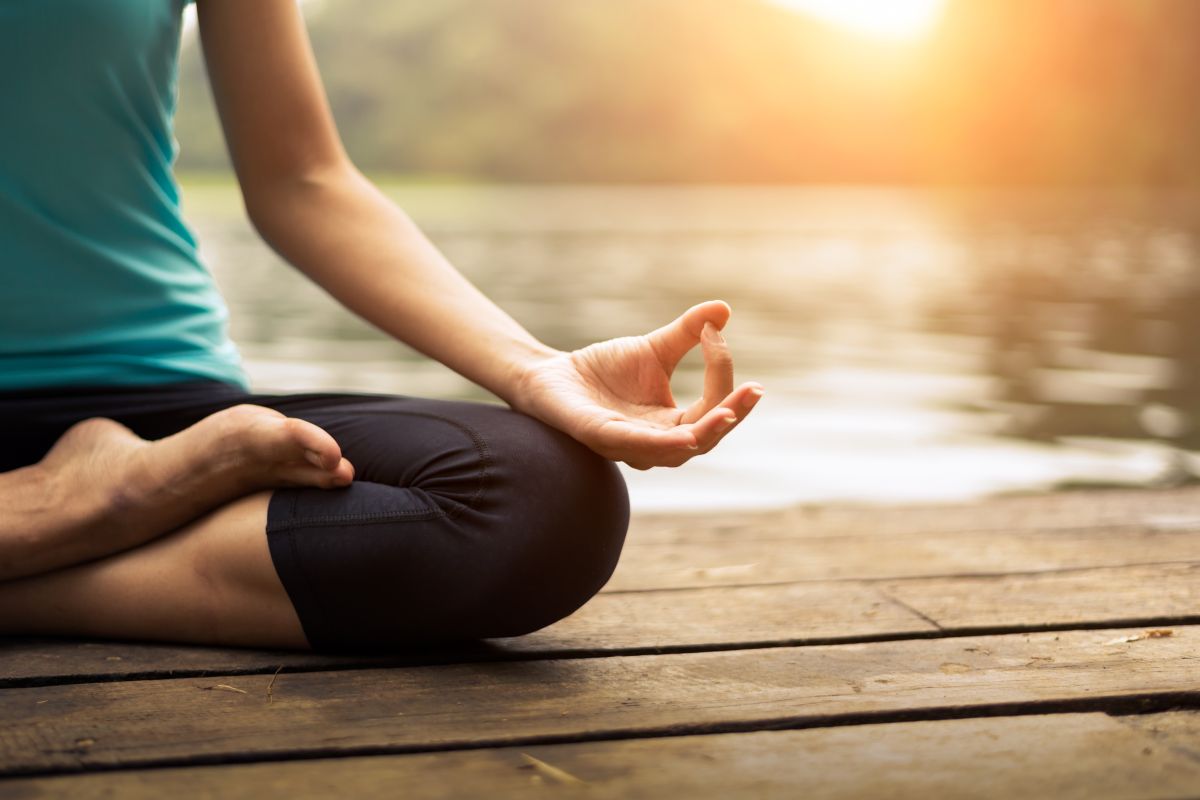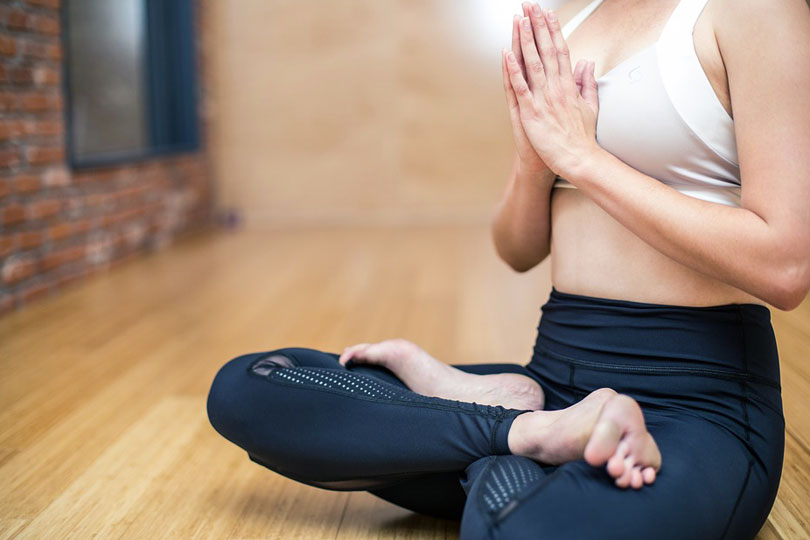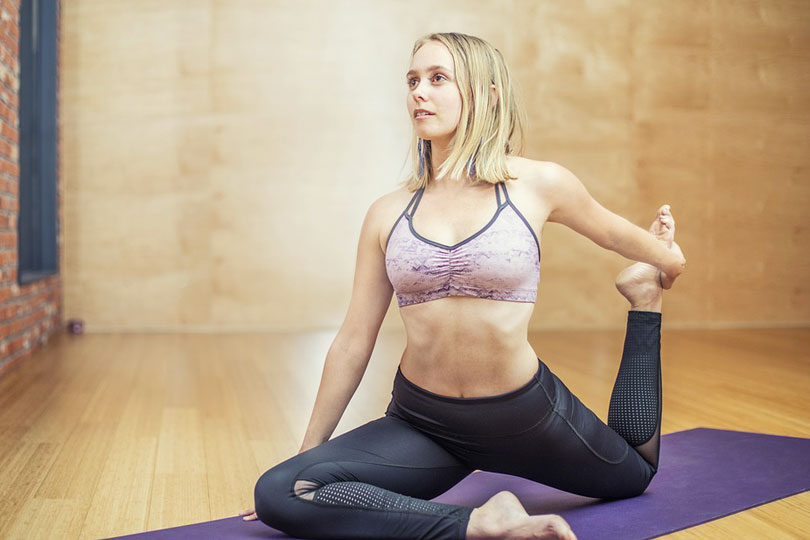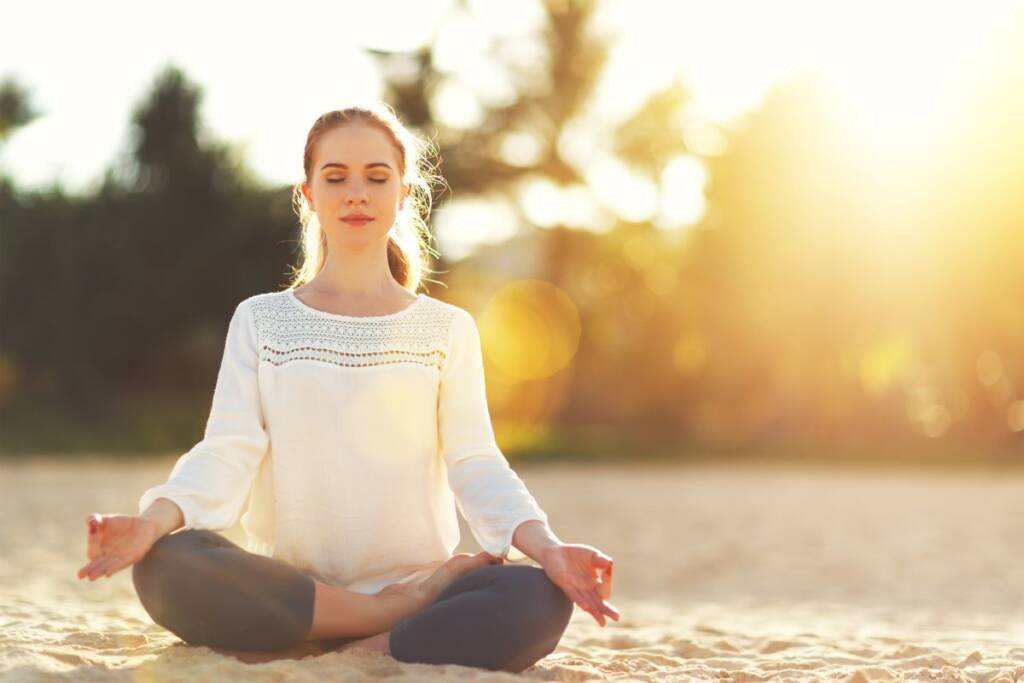Health
All about yoga: benefits, positions and different types of practices

Yoga is life and health! Let's find out everything about this practice, from the positions to the benefits.
Yoga is a generic term to define a discipline of oriental origin. It is a practice aimed at ensuring benefits for both the body and the mind. For many it is even a real philosophy of life . It is mistakenly thought that as soon as you approach yoga you should already feel the first benefits: in reality, even if some are immediate, others will take time . It is, in fact, a continuous practice, whose benefits are continuous.
On the other hand, it is also true that many have a wrong approach towards this practice therefore the results are hard to arrive. It is precisely because of the incorrect practice of this discipline that many people get tired easily and give up quickly.
To prevent such a situation from occurring, the well-known Shankara portal, whose mission is based on the diffusion of psychophysical well-being through yoga, Ayurveda and meditation, offers a series of useful tips for practicing yoga at its best and for obtaining tangible results .
In the meantime, however, let's find out more together!
What is yoga: origins and meaning
Before approaching this discipline, you need to understand what it is about.
Yoga is an ancient discipline born in India whose Sanskrit term yuj means "to unite" and is a process through which the balance between mind and body and between individuals and the universe must be reconciled.
Born centuries and centuries ago, it is based on the assumption of certain positions, called Asanas , maintained with breath control, and Pranayama , the domination of the mind.

The best known and most practiced version is Hata, which improves self-awareness, postural and mental attitude. Then there are kundalini yoga, which is also known as mindfulness yoga, Iyengar and Nidra. However, there are also more modern techniques and the result of Western contamination.
Yoga has grown from just over a hundred postures , most of which are variations on the lotus position, to well over a thousand. Today it has come to include flips, push-ups, arm scales and twists, the names of which refer to animals, and gods.
There are several ways to practice yoga:
• Meditation.
• Breathing exercises.
• Posture.
Above all, posture is the best-known aspect of yoga that immediately makes us identify what this practice consists of.

The various positions take the Sanskrit name of asana and using them to practice will set in motion the vital energies that will give well-being to your psyche.
Anyone can practice yoga but you also need to be aware of your own abilities : if you approach it for the first time, you can't expect to be able to do complicated asanas or think of "melting" in a short time.
After all, it is not the excellent execution of the position that is important, rather the gradual improvement that is obtained with perseverance .
When you start practicing, you have to take into account your age, if there are physical problems or what your physical condition is at that moment.
What really matters is creating a sort of routine in practicing yoga : you can't believe that by dedicating yourself to this discipline only twice a week things improve, but every day you should cut out some time and train.
Going to the main and useful accessories for yoga we recommend:
– Non-slip yoga mat
– Comfortable clothing (wide trousers or leggings)
If you practice it alone there are many useful apps for smartphones such as Pocket Yoga such as Fitness Tracker
How to practice yoga: advice
As you may have understood by now, yoga is good for you! For some people, practicing yoga can help them feel better about themselves; it is no coincidence that this discipline helps to eliminate the physical and mental limits that one imposes upon oneself, increasing one's potential, thus making all those wrong habits and negative thoughts vanish. Obviously to get to this you will need to put all your effort not only when practicing asanas, but also in your daily life.
To understand how yoga works, many people practice it self-taught , however this behavior is not correct because if you make a mistake in doing a position, there is no one ready to correct it, therefore you risk continuing to do it always wrong, in addition to fact that serious damage may occur. That's why it's always better to find an expert teacher who provides the basics of the practice and maybe in a second phase you can decide to practice yoga independently.
Furthermore, in order not to risk getting bored or abandoning it, one can always vary the practice: one must not limit oneself to doing only the positions already known, but try to change something so as to be able to achieve full knowledge of one's physicality . We must bear in mind that the basis of the practice is the breath which must be slow and deep and which will guide you during the exercise.

It is through breathing that you will be able to relax during the positions and perceive the positive effects of yoga. The important thing is to always listen to your body : it will let you know if you're pushing too hard or if there's something wrong, otherwise you risk never moving forward and always getting stuck at the initial stage.
The other main weapon that will help you during practice is patience: you shouldn't be in a hurry during yoga since everything aims to underline the importance of carving out a moment for yourself, for your well-being. To be able to obtain benefits it is necessary to understand that you need to give your body time to react in the right way and this does not happen all at once.
Even during each position you shouldn't be in a hurry because if you try too hard you could also get some muscle tears. The key to success therefore lies in relaxing and taking all the necessary time and never comparing yourself to others. Only in this way will the practice of yoga truly achieve its purpose.
Yoga positions: exercises to do even at home
Now let's see the main positions that you can easily practice even at home, useful both for relaxing muscles and activating the metabolism, and also for losing weight .
Say what you want, but one of the best ways to lose weight is through exercise , which becomes even more effective if we accompany it with a healthy and controlled diet: only in this way can we eliminate the extra pounds, and also gain healthy. Losing weight, increasing metabolism, but also improving elasticity and balance, and relaxing by learning to manage stress better is possible by relying on yoga positions aimed at achieving these goals .
– Willow: with this position the abs are strengthened. You have to sit with your feet together then bring your left foot to your right knee, place your palms on your chest and finally breathe twice . When you have reached the third breath, you have to raise your arms keeping your hands together. At this point , let the air out and bend the torso to the left, then inhale and stretch . Repeat 5 times for each foot.
– Floating: get into position as for push-ups and resist for a few seconds. Useful for arms, shoulders , back and abs.
– Ascending : useful for the hips and abs, it is practiced by keeping the feet together, the arms on the hips. Each breath is accompanied by the arms rising to the sides of the head , and as you exhale the body leans forward. Inhale again and when you exhale stretch your right leg back. The lunge in tension lasts until the new inspiration : at this point raise your arms, then exhale and return to position.
– Bow: for this position, useful for the metabolism, back and chest, you place yourself face down and with your hands on the sides of your body, palms facing upwards. At this point, bend your knees and grab your ankles with your hands. Endurance time is 30 seconds for 3 sessions.
– Bridge: useful for the chest, back, thyroid and metabolism. Lie on your back with your legs bent and your feet at hip height. At this point, lift your hips and intertwine your hands bringing your arms under your back. The position is held for one minute.
– Plough: useful for circulation, thyroid, pituitary and adrenal glands, but also for regulating metabolism . You lie down on your back and bring your legs up, then your arms along your sides and your palms facing down. At this point you lift yourself up with your hands, bringing your legs back and trying to touch the floor. Once done, the hands must be joined, as we saw in the bridge.
What yoga is for: physical benefits
There are many benefits that derive from this practice. The positions we have seen to give some examples train muscles and tendons, helping them to become more elastic and stretchable . The breathing exercise, on the other hand, is perfect for facilitating the stretching of the muscles.

In general, then, this practice relaxes the body and mind and is an excellent remedy for anxiety, stress and all the harmful effects of the latter. Let's not forget about posture, joint mobility and blood circulation of the whole body, even for the most peripheral points.
And then, although it is not exactly an aerobic type of training, it also positively stimulates the cardio-circulatory system , also improving resistance to efforts.
But it doesn't end there! If carried out regularly, this oriental discipline can solve different problems from which the body often suffers:
– Insomnia
– Anxiety
– Stress
– Neck pain
– Backache
– Cellulite
– Sciatica
Yoga in pregnancy: indications for use
Certainly during the period of pregnancy it is difficult to perform physical exercises, but the good news is that yoga can also be practiced during pregnancy .
Obviously, however, we need to do exercises that don't burden the child or put us in difficulty .
One of the most recommended is the so-called cat position: you get on all fours and arch your back upwards, just like a cat does when it stretches!
For circulation and swelling, on the other hand, you can opt for the rotation of the ankles and wrists, which can also be practiced comfortably and in a sitting position .
Riproduzione riservata © - WT











